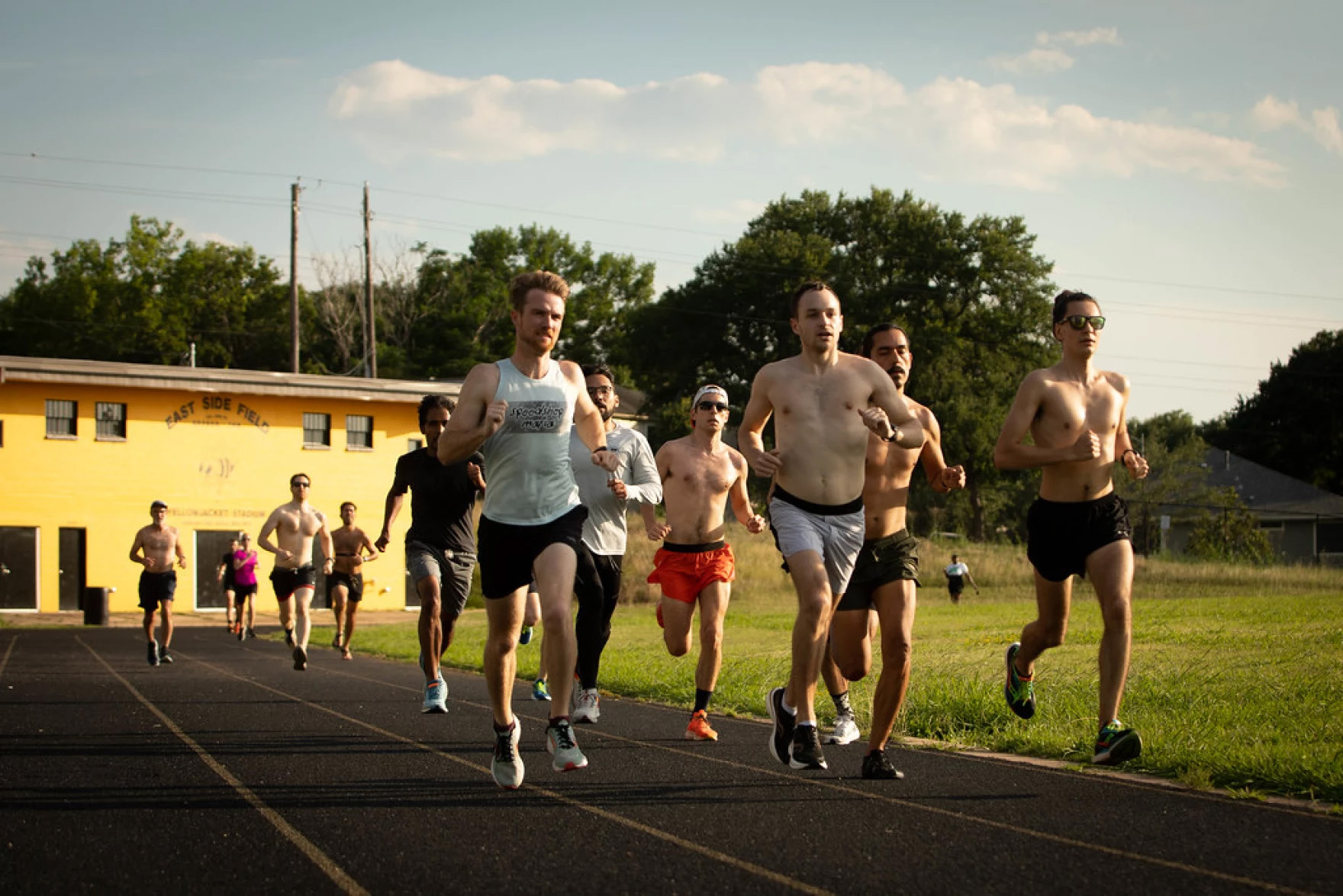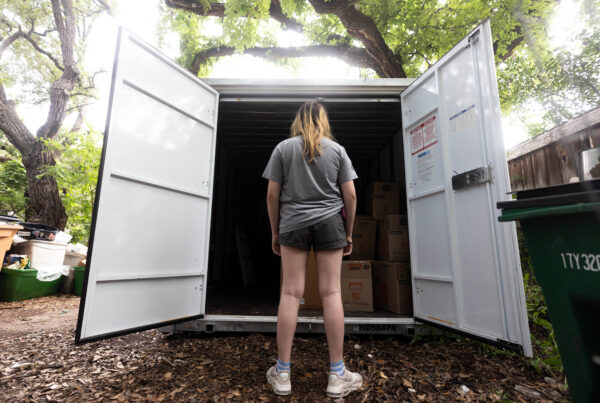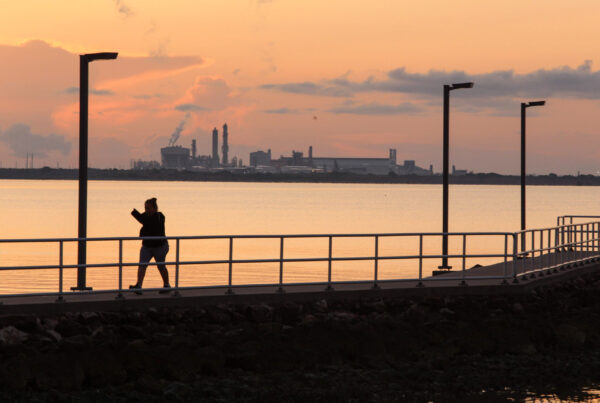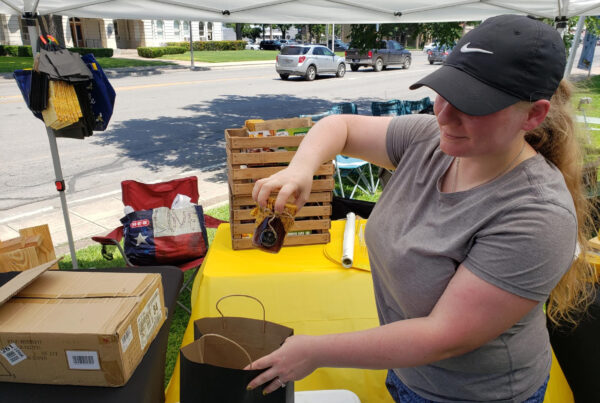From KUT:
Adam Hammons gathers on the track with his local running group every Tuesday evening — even in the peak heat of July and August.
“We run no matter what, and if it’s hot, you bear through it,” he said at Yellow Jacket Stadium in East Austin. “That’s Austin in the summer.”
Hammons said he and others in the group, Speedshop Mafia, make adjustments to beat the heat, drinking more water and taking breaks in the shade. Local experts say these precautions are essential to staying safe in the sun during summer.
Around this time of year, the heat can catch even some longtime Austinites by surprise, Austin EMS representative Christa Stedman says. The agency typically sees a spike in heat-related emergencies during late spring and early summer. Austin EMS has already responded to more than 60 heat-related incidents just in April and May.
“People are going out into the heat to enjoy a day on the greenbelt or maybe out on the water somewhere,” Stedman said, “and they get overheated.”
Last year, Austin had the hottest May, June and July on record. From May to July alone, EMS responded to 486 heat-related incidents. With the National Weather Service predicting another hotter-than-usual summer this year, Stedman says, people should know the signs of heat-related health emergencies.
There are three general levels of heat-related illnesses. First and most common is heat cramps. This stage may bring muscle cramps and spasms, abdominal pain and excessive thirst, Stedman said.
From there, the condition progresses to heat exhaustion, which can bring heavy sweating; weakness; clammy, cool and pale skin; a fast, weak pulse; dark urine; nausea; vomiting and lightheadedness. Stedman said it’s important to move to a cooler location if experiencing these symptoms and loosen clothing, apply cold compresses and slowly sip water.
If symptoms continue to progress, the next stage is heat stroke. This condition can quickly become fatal, so preventing progression to this stage is vital.
“You can go from having some heat cramps all the way up to a life-threatening heat stroke in a matter of minutes if they’re left untreated,” Stedman said.
When someone experiences heat stroke, their body temperature gets above 103 degrees. Their skin becomes hot and dry, their pulse becomes rapid and strong, and they frequently lose consciousness.
“Your first step, if you see any of those signs, should be to call 911,” Stedman said.
Her top piece of advice is to take precautions and be vigilant: limit outdoor exercise to early morning and late evening; hydrate and eat well before heading out; wear sunscreen and loose-fitting, light-colored clothing; and take breaks from the heat in the shade or air-conditioned spaces.
Hammons and his running pals are all in on taking breaks. He’s currently planning a special run with another group, the Austin Duathletes, called the Hot As Hell Pub Run. Participants will stop for beer at East Austin bars between legs of the run. Beer may not be included on the list of official recommendations for beating the heat, but at least bars have air conditioning.
“Hey, it’s hot,” Hammons said. “Let’s build up this running community together and just have fun in the heat — and have a little bit of drinks as well.”















